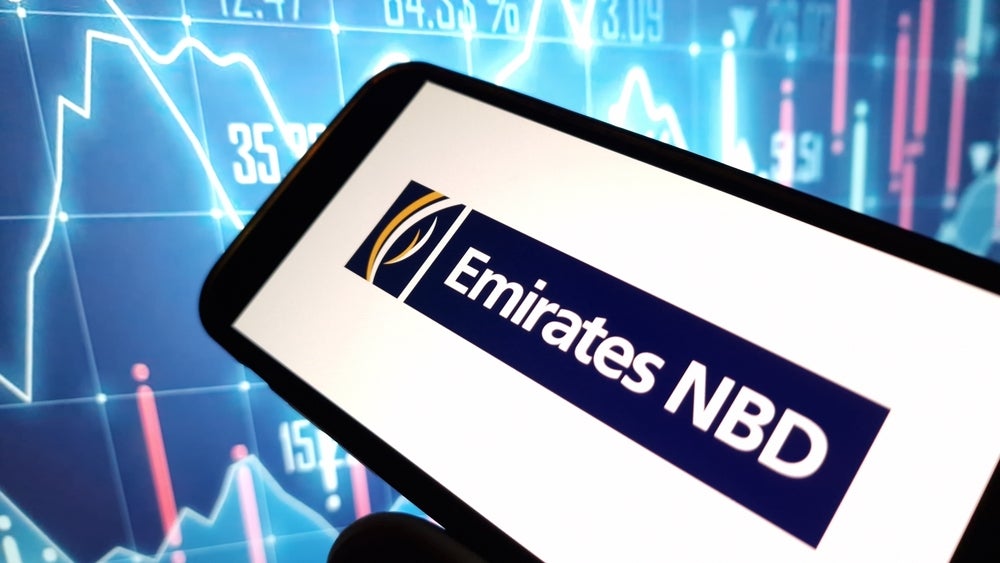The Reserve Bank of Australia (RBA) followed the Reserve Bank of New Zealand with a 50 basis points increase to its benchmark cash rate on June 7, 2022. Such material shifts in interest rates cannot help but impact investors’ portfolios, though the impact will not be evenly felt. Once again, luckless millennials are more likely to be negatively impacted, while baby boomer investors will benefit from the dramatic break with recent rate trends.
With consumer price inflation and, until recently, house price inflation both surging to decade-long highs in Australia and New Zealand, interest rates have been ratcheted higher by their central banks. While all consumers need to take note of shifts in monetary policy, the impact will not be equally felt by all investors. Variable investments more exposed to the negative impacts of the rate increases are more likely to be held by younger investors, with the pandemic only accentuating these differences.
Over the course of the pandemic many baby boomer and older investors cashed in on high property prices, selling investment properties at all-time highs. The rate of property investing (excluding own homes) among baby boomers fell to 10% in 2022 according to the latest GlobalData Financial Services Consumer Survey. This compares to 14% in 2020, before the pandemic disrupted so much of the Australian economy and the RBA enacted extraordinary measures (including near-zero interest rates) to combat the damage. Much of this released equity has helped swell retail deposits at Australia’s banks, which have been growing at rates not seen since the global financial crisis (+12% in 2020 and +9% in 2021). With rates on term deposits now finally creeping up, cash rich boomers will be cheering.
In contrast, consumers from younger age cohorts have been loading up on investment property, with Generation Z, millennials, and even Generation X all increasing their holdings. Millennial investors were the most enthusiastic, with a pre-pandemic average of 20% holding an investment property compared to an average of 27% with such an investment in 2021–22. This is the largest increase for any demographic, making these investors (particularly those who bought since the pandemic) the most exposed to higher interest rates. As a result, millennial property investors are going to be feeling the pinch.
Banks, brokers, and financial advisors need to check in with their millennial clients regularly with every rate increase. It is very possible they have become invested in the Australian property market – much more likely than investors from other generations. Rerunning mortgage stress tests and affordability metrics under likely rate scenarios and proactively sharing the results with uncertain clients is key. Most millennial investors will never have had an interest rate increase on any mortgage, meaning they will appreciate any guidance and support. No one wants to be forced into a quick sale of a major investment asset, another customer moment of truth is upon us.








